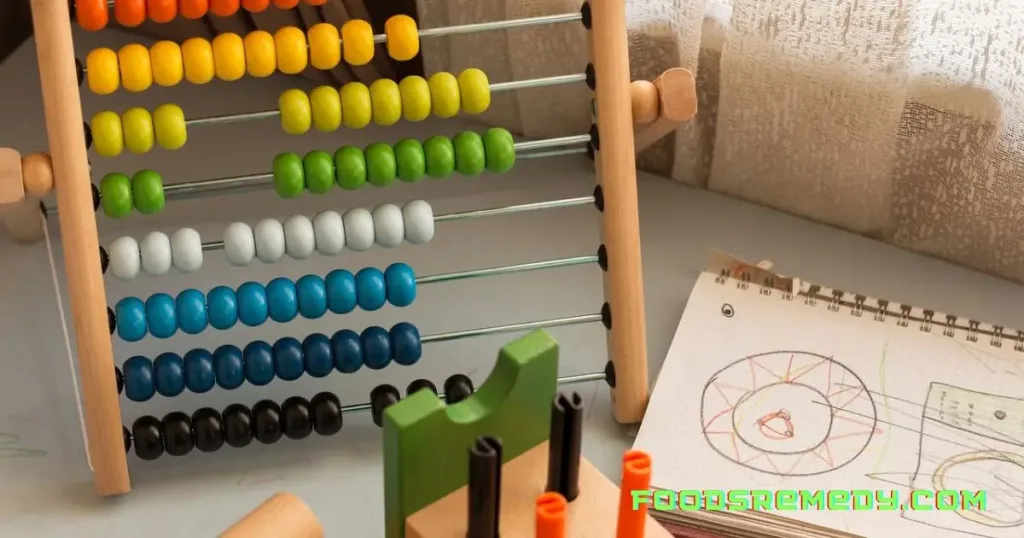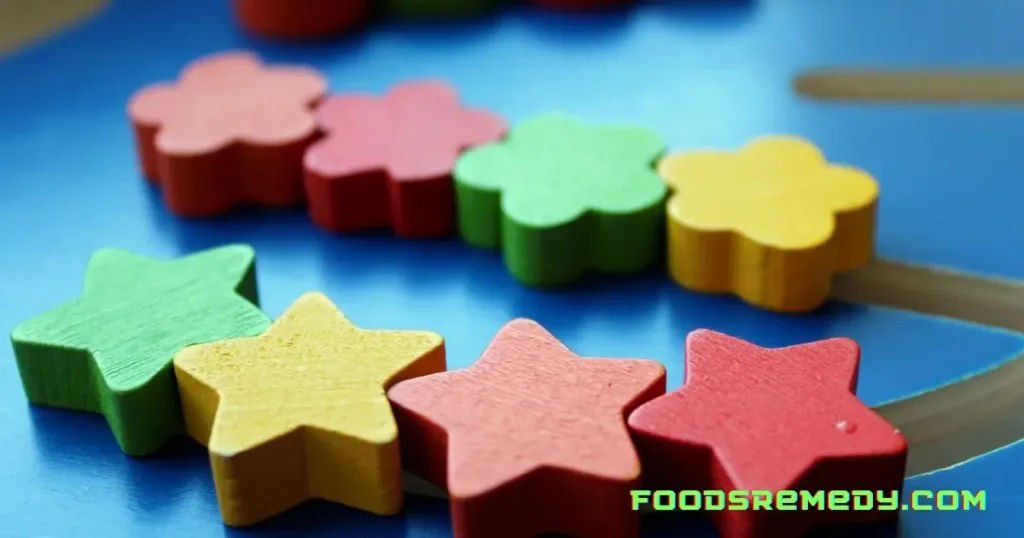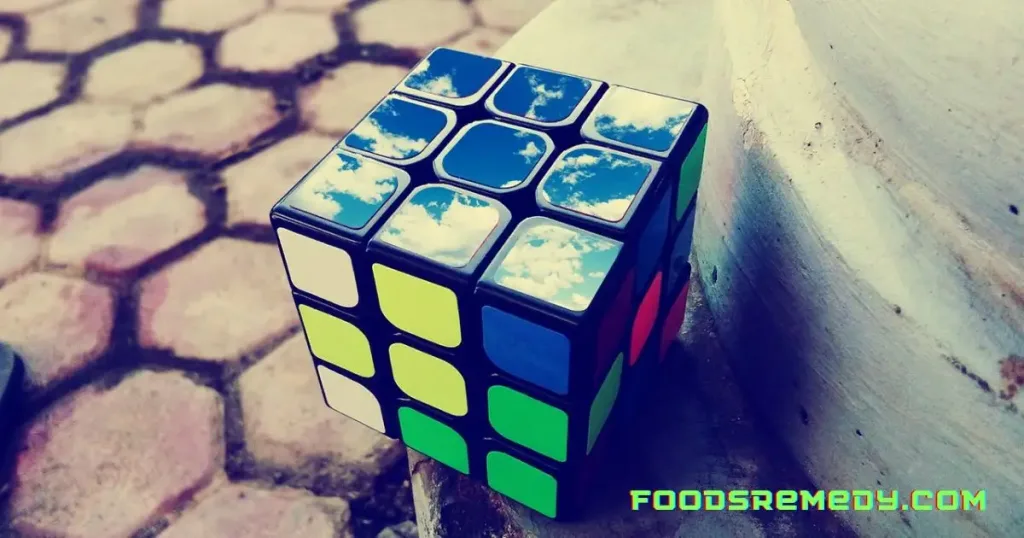Brain development toys for 3-year-olds help stimulate cognitive abilities and foster critical thinking skills effectively. These toys are designed to engage children in age-appropriate activities that enhance memory, problem-solving, creativity, and fine motor skills.

Credit: www.healthline.com
The Importance Of Brain Development Toys
Brain Development Toys play a crucial role in enhancing the cognitive abilities and nurturing creativity in 3-year-old children.
Enhancing Cognitive Skills
- Encourages problem-solving and critical thinking skills.
- Develops memory retention and recognition abilities.
- Promotes language and communication development.
Stimulating Creativity
- Inspires imaginative play and storytelling.
- Encourages artistic expression through colors and shapes.
- Fosters innovative thinking and experimentation.
Brain Development Toys are more than just playthings; they are tools that shape young minds for a lifetime.
Choosing The Right Toys For 3-year-olds
Welcome to our guide on choosing the perfect brain development toys for 3-year-olds! At this stage, children are rapidly expanding their cognitive abilities, and selecting the right toys can have a significant impact on their growth and development. In this section, we will explore what to look for in toys for 3-year-olds, specifically focusing on age-appropriate features and the educational value they provide.
Age-appropriate Features
When it comes to choosing toys for 3-year-olds, it’s crucial to consider age-appropriate features. At this stage, children are developing their fine motor skills, hand-eye coordination, and problem-solving abilities. Look for toys that encourage these essential skills. Here are some age-appropriate features to keep in mind:
- Toys with large buttons or knobs that promote grasping and manipulation skills.
- Puzzles with chunky pieces that make it easier for little hands to manipulate.
- Building blocks or construction sets that allow children to explore their creativity and improve their coordination.
- Toys that encourage imaginative play, such as pretend kitchens, doctor sets, or dress-up costumes.
Educational Value
Aside from age-appropriate features, toys for 3-year-olds should also offer educational value. These toys should stimulate their cognitive abilities, enhance their language skills, and promote their overall learning experience. When selecting toys for educational value, keep the following in mind:
- Toys that encourage problem-solving and critical thinking skills, such as shape sorters or memory games.
- Toys that promote language development, like storybooks or alphabet puzzles.
- Art supplies, such as crayons, coloring books, or washable markers, which promote creativity and fine motor skill development.
- Math-related toys, such as counting cubes or shape-matching games that introduce basic mathematical concepts.
In conclusion, choosing the right toys for 3-year-olds is crucial for their brain development. By considering age-appropriate features and educational value, you can provide your child with toys that not only entertain but also enhance their cognitive abilities. Remember to choose toys that encourage exploration, problem-solving, and imaginative play, setting the foundation for their future growth and learning.
Benefits Of Engaging Play
Engaging educational toys for 3 year olds play is essential for the overall development of a 3-year-old’s brain. The benefits of involving children in stimulating activities are numerous and significant. With the right brain development toys, children can enhance their problem-solving skills, boost their social development, and improve their cognitive abilities. These benefits are crucial for the growth and learning of young children.
Improving Problem-solving Skills
Brain development toys help 3-year-olds to enhance their problem-solving abilities through engaging play. Puzzles, building blocks, and shape sorters are examples of toys that encourage children to think critically and solve problems. These activities allow children to develop their logic and reasoning skills, which are essential for their cognitive growth.
Enhancing Social Development
Engaging in play with brain development toys fosters the enhancement of social skills in 3-year-olds. Role-playing toys, interactive games, and board games promote cooperation, teamwork, and communication among children. Through these activities, children learn to interact, share, and take turns, which are essential elements for their social development and future interpersonal relationships.

Credit: www.amazon.com
Top Brain Development Toys For 3-year-olds
When it comes to childhood development, the toys and activities children engage in play a crucial role in shaping their cognitive abilities. At the age of 3, children are rapidly developing their brain functions, and providing them with the right toys can aid in this progression. Here are some top brain development toys for 3-year-olds that can stimulate their cognitive growth and creativity.
Puzzles And Matching Games
Introducing puzzles and matching games to 3-year-olds can improve their problem-solving skills and enhance their cognitive development. By encouraging them to identify patterns, shapes, and colors, these activities can sharpen their critical thinking abilities.
Building Blocks And Construction Sets
Building blocks and construction sets are excellent tools for developing a child’s spatial awareness, hand-eye coordination, and creativity. Through the manipulation of blocks and pieces, children can enhance their fine motor skills and unleash their imagination to create various structures.
Art And Craft Supplies
Providing art and craft supplies to 3-year-olds can foster their artistic expression and fine motor skills. Engaging in activities such as coloring, cutting, and pasting can boost their creativity while refining their coordination and dexterity.
Interactive Toys For Language Development
Raising a child to be a confident and effective communicator starts at an early age. Language development is crucial during the early years, and interactive toys play a significant role in fostering this growth. These toys engage children in activities that stimulate their language skills, making learning an enjoyable experience. In this blog post, we will explore two types of interactive toys for language development: Storytelling Dolls and Language Learning Electronic Devices.
Storytelling Dolls
Storytelling dolls are not only cuddly companions but also powerful tools for enhancing a child’s language abilities. These dolls come equipped with pre-recorded stories and nursery rhymes, captivating young minds with their interactive features. As children listen to the stories, they develop their listening comprehension skills and expand their vocabulary. The repetitive nature of the stories helps in reinforcing language patterns, enabling kids to grasp sentence structure and syntax with ease.
Moreover, storytelling dolls inspire creativity and imagination. Children can even create their own stories with the doll, developing their narrative skills. These dolls provide a platform for interactive play, encouraging children to communicate and express themselves confidently.
Language Learning Electronic Devices
Language learning electronic devices have revolutionized the way children acquire language skills. These devices are designed to make language learning fun and engaging with their interactive games and educational content. By following simple prompts and engaging in interactive activities, children develop their vocabulary, pronunciation, and grammatical understanding.
These electronic devices provide an immersive language learning experience, exposing children to different languages and cultures from an early age. The repetitive and interactive nature of the device’s lessons helps children retain information effectively. With the opportunity to hear and imitate correct pronunciation, kids gain confidence in speaking and improve their overall language fluency.
| Benefits | Explanation |
|---|---|
| Enhanced Vocabulary | Children learn new words and expand their vocabulary through exposure to storytelling and language learning activities. |
| Improved Communication Skills | Engaging with interactive toys encourages children to communicate and express themselves confidently. |
| Enhanced Cognitive Development | Interactive play stimulates children’s cognitive abilities, improving memory, problem-solving, and critical thinking skills. |
| Boosted Confidence | Success in language learning activities boosts a child’s confidence, motivating them to further explore and communicate. |
Integrating interactive toys into a child’s daily routine not only promotes language development but also enhances their overall cognitive abilities. The engaging nature of these toys keeps children entertained while they learn, making language learning a joyful experience.
Toys For Fine Motor Skill Development
Fine motor skills are crucial for a child’s development at the age of 3. Toys play a significant role in enhancing these skills. Here is a look at some toys that can aid in fine motor skill development.
Pegboards And Pegs
Pegboards engage hand-eye coordination. Kids pick and place pegs into holes, refining finger dexterity. This toy promotes precision and concentration while having fun.
Stacking Toys
Stacking toys refine hand movements and hand strength. Kids learn to stack blocks one on top of the other, enhancing grasping abilities. This activity enhances hand-eye coordination.
Safety Considerations For Brain Development Toys
When it comes to brain development toys for 3-year-olds, safety is a top priority. As parents, we want to provide our little ones with toys that not only encourage learning and creativity but also ensure their well-being. Here are some important safety considerations to keep in mind when selecting brain development toys:
Non-toxic Materials
One of the most crucial aspects of brain development toys is the materials they are made from. Ensuring that the toys are made from non-toxic materials is essential to keep your child safe from harmful chemicals. Opt for toys that are labeled as BPA-free, phthalate-free, and lead-free. These toys are not only safe for your child to play with, but they also reduce the risk of potential health hazards.
Size And Choking Hazards
Another key consideration when selecting brain development toys is the size and choking hazards. As 3-year-olds are still exploring the world through their mouths, it’s important to choose toys that do not pose a choking risk. Be mindful of small parts that can easily detach and be swallowed. To determine if a toy is appropriate for your child’s age, check the packaging for age recommendations or use the “small parts test” by fitting the toy through a toilet paper roll. If it fits, it’s too small for a 3-year-old. Ensure that all toys are size-appropriate and do not have any loose parts that could potentially be hazardous.
Engaging Parents In Playtime Activities

Engaging parents in playtime activities is crucial for the optimal brain development of 3-year-olds. By involving parents in interactive and educational play sessions, children not only have a blast but also enhance their cognitive abilities and creative thinking skills. The collaborative effort between parents and children during playtime fosters a strong bond and cultivates a positive learning environment in the home.
Importance Of Parent-child Interaction
Engaging in playtime activities creates a strong foundation for parent-child bonding, fostering trust and emotional security. Through interactive play, children develop essential social and communication skills, while parents have the opportunity to understand their child’s thought process, preferences, and areas of interest.
Incorporating Learning Into Play
Parents can enhance their child’s learning experience by incorporating educational toys and games into playtime. This helps in stimulating cognitive development, fine motor skills, and problem-solving abilities. As children engage with brain development toys, parents can facilitate learning opportunities by asking open-ended questions and providing gentle guidance, nurturing the child’s curiosity and critical thinking.

Credit: www.scholastic.com
Frequently Asked Questions For Brain Development Toys For 3 Year Old
What Are The Best Brain Development Toys For 3-year-olds?
Encourage cognitive development with puzzles, building blocks, and sorting toys. These toys stimulate problem-solving skills and critical thinking in 3-year-olds.
How Do Brain Development Toys Benefit 3-year-old Children?
Brain development toys enhance cognitive skills, creativity, and hand-eye coordination. They also promote muscle development and foster imagination and social play.
Can Brain Development Toys Help With Language And Communication Skills?
Yes, toys that encourage storytelling, role-playing, and early reading can enhance language development and promote communication skills in 3-year-old children.
Conclusion
Choosing brain development toys for your 3-year-old is crucial for their cognitive growth and overall development. These toys stimulate their imagination, enhance problem-solving skills, and foster creativity. By engaging in play that promotes brain development, your child will have a solid foundation for future learning and success.
So, invest in educational toys that are age-appropriate and encourage exploration and discovery. Your little one will thank you for it in the long run!

